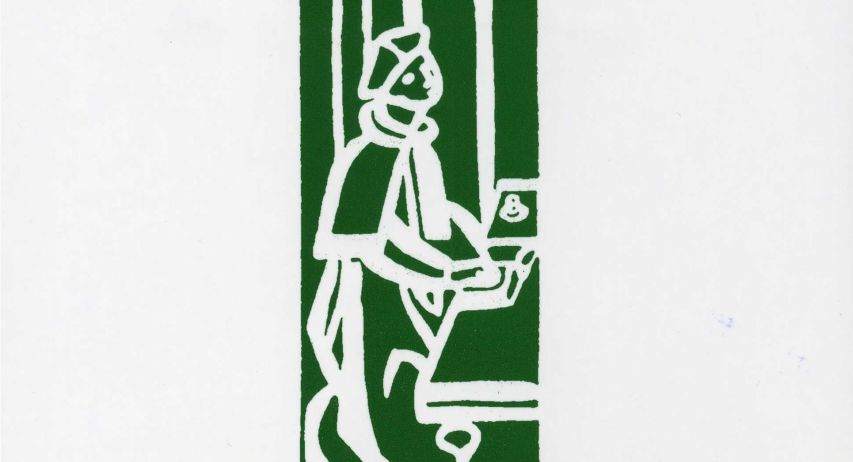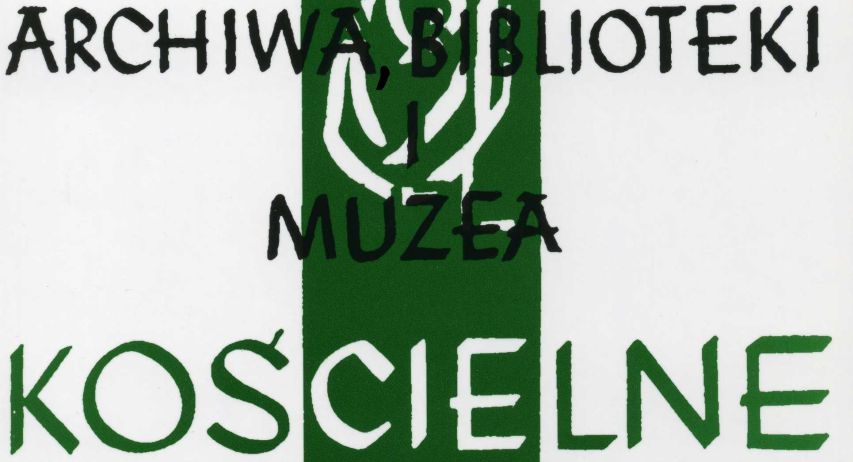‘Letters to the Editor’: About the Importance of the Vilnius Weeklies Przyjaciel Ludu (1906–1909) and Zorza Wileńska (1905–1909) for the Reader
Olga Mastianica-Stankiewicz
Lithuanian Institute of History , Lithuaniahttps://orcid.org/0000-0003-3094-3539
Abstract
A rare and unique source was used for the research, namely readers’ letters to the Przyjaciel Ludu (1905–1910) and Zorza Wileńska (1905–1909) weekly magazines, which were published jointly by the Catholic clergy and lay intelligentsia in Vilnius in the early 20th century. These weekly magazines were aimed at a specific group of readers – peasants – and their goal was to reform peasant life through education, from daily habits to political participation and the formation of Polish national identity. The readers’ handwritten letters, scattered in various Lithuanian memory institutions, found their way into scholarly circulation for the first time. Separately presented are letters to the Przyjaciel Ludu weekly kept in the archives of the Curia of the Archdiocese of Vilnius, which until now have not been known to researchers at all. The study consists of four parts. The first one presents the main programmatic goals of the weeklies, a discussion of the content of the weeklies, and the attitude of the editors to the potential reader – the peasant. Such analysis of the ideological message contained within newspapers is necessary to determine the expectations and possible needs of readers. The second part of the article discusses several issues. First, the study aims to establish how editors of weekly newspapers worked with letters from readers. Second, it examined how editors tried to maintain constant communication with readers and activate the readership of their newspapers. The territorial origins of the letter addressees were examined separately, and an attempt was made to answer one of the most difficult questions – how important the weeklies were for their readers, why they chose to write to the editors, what goals they pursued and what expectations they had.
Keywords:
Catholic press, readership, letters, Vilnius, 19th centuryReferences
Źródła drukowane
Directorium Horarum Canonicarum et Missarum pro Dioecesi Vilnensi in Annum MDCCCXCIV [1894], Vilnae 1893.
Kalendarz Wileński „Przyjaciel Ludu” dla mieszkańców wsi i miast na rok 1907 ozdobiony licznemi obrazkami, Wilno 1906.
Kalendarz Zorzy Wileńskiej na rok 1909. Dawniej „Kalendarz wiejski”, Wilno 1909.
Prasa
„Jutrzenka” (1910-1915).
„Kuryer Litewski” (1906).
„Przyjaciel Ludu” (1905-1910).
„Šaltinis” (1908).
„Viltis” (1908).
„Zorza Wileńska” (1905-1909).
Opracowania
Francelle-Gervais Celine, „Oto zasyłam opisanie całego mojego życia...” (Listy przedpłatników „Gazety Świątecznej” do Promyka), „Regiony. Kwartalnik społeczno-kulturalny”, 4 (1978) s. 76-102.
Jurkowski Roman, Edward Ropp jako biskup wileński 1903-1907 (w 50-tą rocznicę śmierci), „Studia Teologiczne”, 8 (1990) s. 205-280.
Karczewska Agata, „Więcej z pługiem niż z piórem przestaję...”. O listach czytelników do redakcji „Gazety Świątecznej” w latach 1881-1914, w: Komunikowanie i komunikacja na ziemiach polskich w latach 1795-1918, red. K. Stępnik, M. Rajewski, Lublin 2008, s. 133-142.
Karpowicz Agata, Nauka patrzenia na siebie. Egofotografie chłopskich czytelników „Gazety Świątecznej” (1881-1905), „Stan Rzeczy”, 2 (2001) s. 205-241. (Crossref)
Klawe-Mazurowa Maria, Listy chłopów do prasy dla wsi w latach 1875-1895 jako źródło historyczne, „Przegląd Polonijny”, 4 (1983) s. 36-40.
Kostecki Janusz, Byczkowska Zofia, Czytelnictwo czasopism ludowych w Królestwie Polskim w drugiej połowie XIX wieku, „Przegląd Humanistyczny”, 10 (1978) s. 107-127.
Krisań Maria, Chłopi wobec zmian cywilizacyjnych w Królestwie Polskim w drugiej połowie XIX – początku XX wieku, Warszawa 2008.
Krisań Maria, Listy do gazety „Zaranie” z lat 1909-1915, „Dzieje Najnowsze”, 2 (1998) s. 22-28.
Maskuliūnienė Džiuljeta, Spaudinto žodžio autoritetas XIX a. Lietuvos kaime, „Knygotyra”, 44 (2005) s. 50-59. (Crossref)
Paškauskas Juozapas, Laisvalaikio kultūra didžiuosiuose Lietuvos miestuose ir provincijoje XIX a. pabaigoje – XX a. pradžioje, Vilnius 2017 [Daktaro disertacija. Humanitariniai mokslai, istorija (05H)].
Pauliukevičiūtė Dalia, Lazdynų Pelėdos kūryba: melodraminio režimo problemos ir kontekstai, Vilnius 2019 [Daktaro disertacija].
Pauliukevičiūtė Dalia, XX a. pradžios lietuvių savišvietos kanonas ir pirmosios rekomendacinės bibliografijos, w: Lietuvių literatūros kanono dirbtuvės (XIX a. pabaiga – XX a. pirma pusė), Vilnius 2022, s. 127-204.
Prašmantaitė Aldona, Dzieje kanoników regularnych laterańskich w Kronice Antokolskiej, w: Przemijanie i trwanie. Kanonicy regularni laterańscy w dawnej i współczesnej Polsce. Materiały z międzynarodowej konferencji zorganizowanej z okazji 600-lecia fundacji opactwa Bożego Ciała w Krakowie, pod red. K. Łataka, I. Makarczyk, Kraków 2008, s. 465-480.
Staliūnas Darius, Masinis konfesijos keitimas vakariniuose Rusijos imperijos pakraščiuose: lyginamasis aspektas, „Lietuvos istorijos metraštis”, 2 (2007) s. 5-18.
Staliūnas Darius, Vilniaus vyskupo E. Ropo veiklos pėdsakais (1903-1907), w: Atgimimas ir Katalikų Bažnyčia, red. kol. E. Aleksandravičius i in., Vilnius 1994, s. 152-207.
Szpakowska Maria, Listy w sprawach osobistych na łamach prasy, „Napis”, 9 (2003) s. 233-236. (Crossref)
Zdanowicz Anna, The First Polish Studies of Reading 1881-1939, „Polish Libraries Today”, 8 (2011) s. 68-78.
Lithuanian Institute of History https://orcid.org/0000-0003-3094-3539
License

This work is licensed under a Creative Commons Attribution-NonCommercial-ShareAlike 4.0 International License.







